Resources
Nursing Home Elder Abuse and Neglect Topic Summaries
The following are issues related to finding a nursing home and prevention of elder abuse and neglect, related state and federal regulations as well as ways to research and get information about facilities and providers:
Minnesota Department of Health Complaints Against Nursing Home
Special Focus Facility Nursing Homes
Medicare & Medicaid Quality of Care Surveys
Reporting Nursing Home Abuse and Neglect
Federal Nursing Home Resident Regulations
Minnesota Nursing Home and Elder Care Regulations
Rights for Nursing Home Residents
Definition of Vulnerable Adult
Federal Requirements and Regulations for Nursing Homes
Nursing Home Facilities with Substantiated Neglect
Selecting a Nursing Home or Home Health in Minnesota
Minnesota Nursing Home, Home Care and Other Survey Results
Minnesota Nursing Home Report Card
Minnesota Help – A Statewide Database of Community Resources
Medicare.gov Home Health Compare
Medicare.gov Nursing Home Compare
Minnesota Health Care Advanced Directives
Elder Voice Advocates, Elder I.Q.
Assisted Living Facility Resources
Consumer Information Guide to Assisted Living by Minnesota Department of Health.
Need Assisted Living? A brochure by the Minnesota Board of Aging.
Memory Care Facility Resources
Time Slips (creative story telling for persons with dementia), provided by TimeSlips Creative.
Alzheimer’s Association Home Care Bill of Rights, provided by the Minnesota Department of Health.
Caregiver and Elder Advocacy Organizations
The U.S. Department of Health and Human Services sponsors The National Center on Elder Abuse, NCEA which has a website with information concerning elder abuse, elder abuse reporting numbers, and links to other related resources.
The Minnesota Board on Aging is a state sponsored non-profit organization that provides resources and facilities senior services.
Senior Linkage Line is the Board on Aging’s free statewide information and assistance service. The Senior LinkAge Line service is provided by six Area Agencies on Aging that cover all 87 counties of Minnesota and helps you to connect to local services. The Senior LinkAge Line’s toll free number is 1-800-333-2433.
Alzheimer’s Association, Minnesota – North Dakota Chapter a very active advocacy organization, offering education and training for individuals who provide care for individuals suffering from Alzheimer’s and Dementia.
Minnesota Vulnerable Adults Act, a brochure by Minnesota Board on Aging. Resources for Resident’s and Family of Nursing Homes – Long Term Care Facilities
The Consumer Voice for Quality Long-Term Care was formed as NCCNHR (National Citizens’ Coalition for Nursing Home Reform) in 1975 because of public concern about substandard care in nursing homes. NCCNHR helped with the writing of The Federal Nursing Home Reform Act or OBRA ’87 which creates a set of national minimum set of standards of care and rights for people living in certified nursing facility. Their webpage has a variety of valuable information regarding the reduction and prevention of elder abuse and neglect.
Minnesota Nursing Home Bills of Rights, provided by Minnesota Department of Health, You have the right to be free from abuse. Center for Medicare and Medicaid Services, CMS, Nursing Home Compare provides the user with assistance in finding a nursing home based upon particular criteria such as the types of care and rehabilitation provided, location and past history of the facility.
Minnesota Department of Health, Nursing Home Report Card provides a way to compare nursing homes in Minnesota based upon the quality of care provided in the facility as determined by the facility’s survey and complaint history.
Share the Care Journal, provided by Minnesota Board on Aging.
Minnesota County Human Services Contact Information.
Family Caregiver (in Spanish), Recursos Para Cuidadores de Familia. A Minnesota Long-Term Care Ombudsman can provide information about a resident’s rights and will also assist in resolving issues concerning placement, care issues and more. An ombudsman is an independent consumer advocate. Ombudsmen investigate complaints concerning the health, safety, welfare and rights of long-term care consumers, work to resolve individual concerns, and identify problems and advocate for changes to address them, at no charge to the consumer. Ombudsmen also offer information and consultation about nursing home, boarding care home, housing with services, assisted living, customized living, home care and hospital services, rights and regulations.


